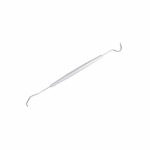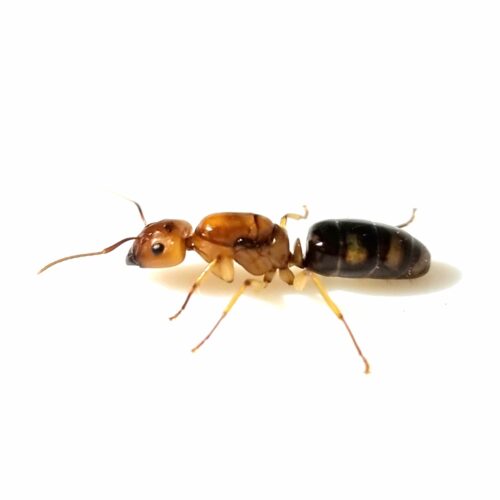
Messor cephalotes
Queen ant
Receive in-stock notifications for this product
Scientific name: Messor cephalotes
Taxonomic classification:
Kingdom: Animalia
Phylum: Arthropoda
Class: Insecta
Order: Hymenoptera
Family: Formicidae
Subfamily: Myrmicinae
Genus: Messor
Geographical distribution: The ant Messor cephalotes is found in Europe, Asia and Africa.
Physical characteristics: Workers measure between 4 and 8 mm in length, while the queen can reach up to 12 mm. The body is dark brown with a slightly lighter abdomen. The ant’s body is covered with hairs that allow them to carry objects much larger than their own size.
Behavior: Messor cephalotes ants are known for collecting seeds and storing them in their nests for later consumption. Workers cut and transport the seeds to their colony, where they are stored in special deposits called “granaries”. In addition, these ants also feed on dead insects and other invertebrates.
Conservation status: The Messor cephalotes species is not considered to be endangered.
Additional notes: Messor cephalotes ants are considered a beneficial species for the ecosystem, as their seed-collecting activity helps maintain the balance of vegetation. Moreover, they are widely used in animal behavior studies due to their ability to collect and store seeds in an organized and efficient manner.
Related products
Camponotus maculatus subnudus
Sold out
Oecophylla smaragdina
Sold out
Camponotus vagus
Sold out
Camponotus Mutilarius (Xiangban)
Sold out
Camponotus vanispinus
Sold out
Camponotus maculatus Queen
Sold out























